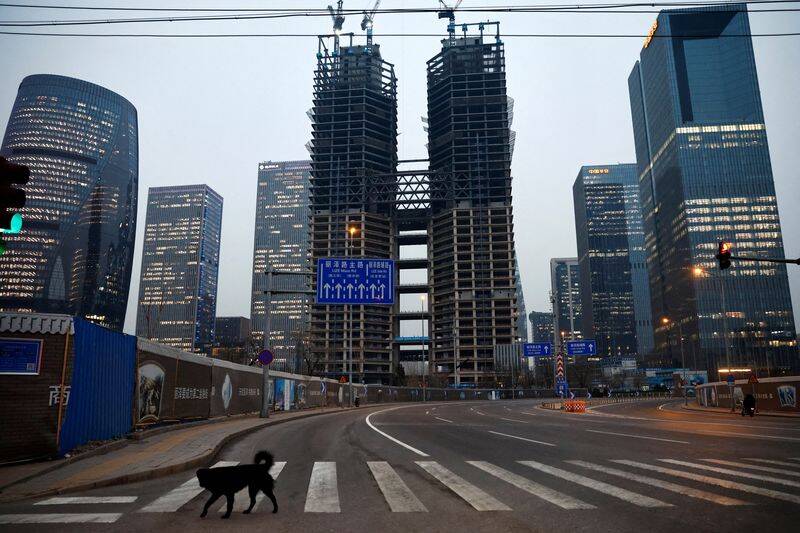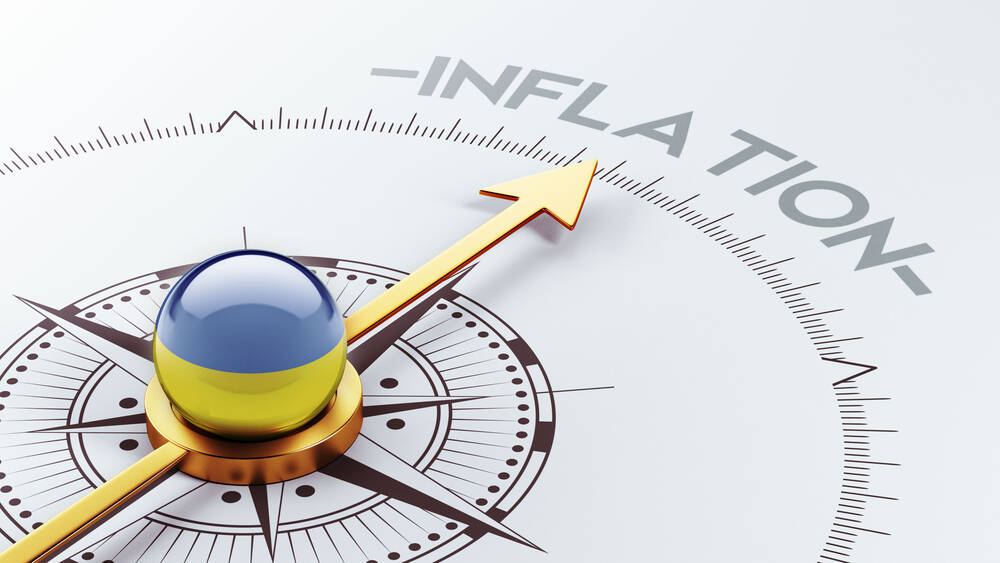Advertisement
Advertisement
Search Indicator:
Choose Country 
Kazakhstan Manufacturing PMI
Last Release
N/A
Actual
N/A
Units In
N/A
Previous
N/A
Frequency
N/A
Next Release
N/A
Time to Release
N/A
The Tengri Partners Kazakhstan Manufacturing PMI™ is compiled by IHS Markit from responses to questionnaires sent to purchasing managers in a panel of around 250 manufacturers. The panel is stratified by detailed sector and company workforce size, based on contributions to GDP. Survey responses are collected in the second half of each month and indicate the direction of change compared to the previous month. A diffusion index is calculated for each survey variable. The index is the sum of the percentage of ‘higher’ responses and half the percentage of ‘unchanged’ responses. The indices vary between 0 and 100, with a reading above 50 indicating an overall increase compared to the previous month, and below 50 an overall decrease. The indices are then seasonally adjusted. The headline figure is the Purchasing Managers’ Index™ (PMI). The PMI is a weighted average of the following five indices: New Orders (30%), Output (25%), Employment (20%), Suppliers’ Delivery Times (15%) and Stocks of Purchases (10%). For the PMI calculation the Suppliers’ Delivery Times Index is inverted so that it moves in a comparable direction to the other indices.
Latest Updates
The S&P Global Kazakhstan Manufacturing PMI climbed to 53.5 in November 2024, setting a record high, up from a three month-low of 51.7 in the previous month. This was also the ninth consecutive month of expansion in factory activity, fueled by record-breaking growth in new orders, robust increases in output, and accelerated purchasing activity. Firms also expanded capacity by hiring more staff and boosting input procurement. Despite these gains, manufacturers faced persistent logistical issues, border delays, and currency depreciation, driving up input costs sharply and pushing output prices higher for the 15th consecutive month. Additionally, stocks of finished goods and purchases declined as resources were redirected to meet surging demand. Despite these challenges, business confidence remained solid, with 44% of firms expecting higher production in the year ahead, although optimism eased slightly from October.







